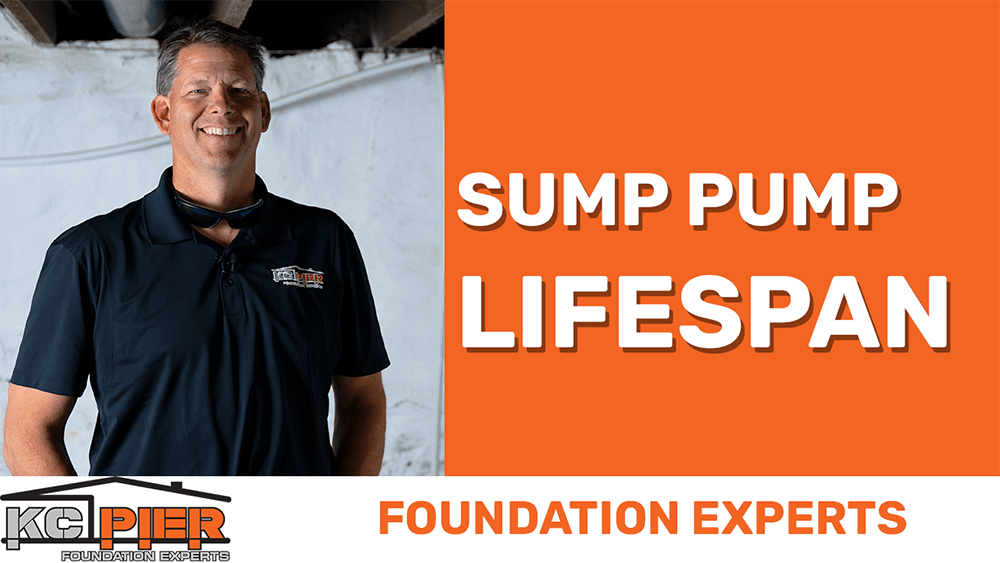Now that the spring season has arrived, our team at KC Pier receives a lot of calls about sump pumps, water in basements, and how to safeguard your home from serious water damage.
In this article, you can learn more about what you get with sump pump installation, some of the most common failure points with sump pumps, and know what to look for when replacing or installing a sump pump in your home.
Installation of Sump Pumps
It is possible to install sump pumps in any type of basement. This includes slab foundations, rock walls, block walls, and concrete walls.
The job of your sump pump is to collect the water coming into your home as the groundwater raises. Once collected, the sump pump will move it away from your home, keeping the space dry and protected.
Choosing the Right Sump Pump for Your Home
As a homeowner, you may think installing a sump pump is a simple and straightforward process. However, when you start researching the options, you will see there are hundreds available.
You can choose a small, quarter horse sump pump to a full horsepower option. What you need depends on our specific needs. You should also note that there are add-ons and variables to consider when choosing a sump pump.
When you work with our team at KC Pier, you will find our professionals recommend over-engineering it slightly.
With a sump pump slightly larger than what is needed, you can feel confident your home will be protected if water begins moving in. This is especially important if you have finished living areas in your basement.
Your sump pump will not turn on and run every day. However, it will be needed seasonally. Having a professionally installed and working sump pump provides peace of mind your home is protected from water intrusion.
We also recommend the use of a battery backup for your unit. With this, if the power goes out, your pump will continue working until power can be restored, helping prevent serious water damage from occurring.
A popular accessory or feature for rock foundation homes is a grinder pump. This type of pump can grind up sediment that gets into the unit, helping ensure no clogs occur.
Common Fail Points in Kansas City Sump Pumps
Understanding the most common failure points in sump pumps can help you know how to keep yours working effectively. These include:
Power
One of the most common reasons your sump pump will not work when needed is because it doesn’t have access to a source of power. This is why we recommend the installation of battery backups. In fact, every sump pump our team installs comes with a battery backup.
Keeping the Basin Clean
It is important to ensure the sump pump’s basin remains clean and free from any sediment. This is also essential to ensure the float can move freely, which tells the pump when the water levels are up and when it should switch on.
Reducing Debris
Be sure to keep the area around the sump pump clean. Having a cover over the unit is the best way to do this.
Understanding what a sump pump does and how to keep yours working will ensure your home is protected.
For sump pump installation in Kansas City, contact KC Pier today!

